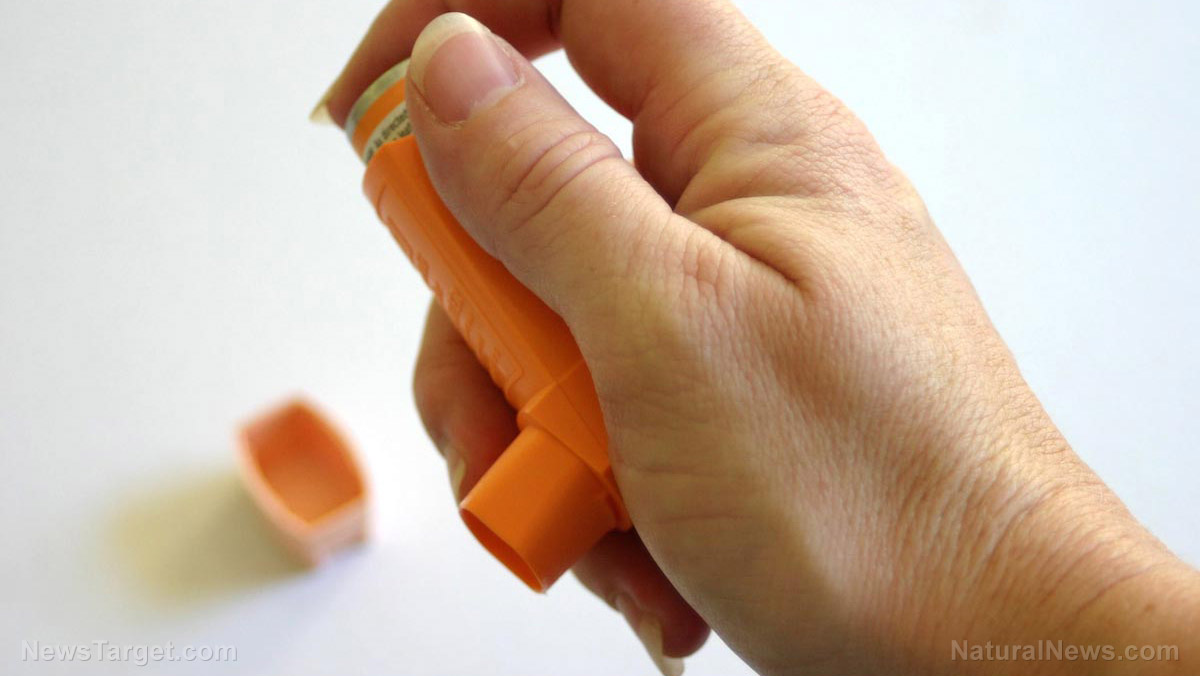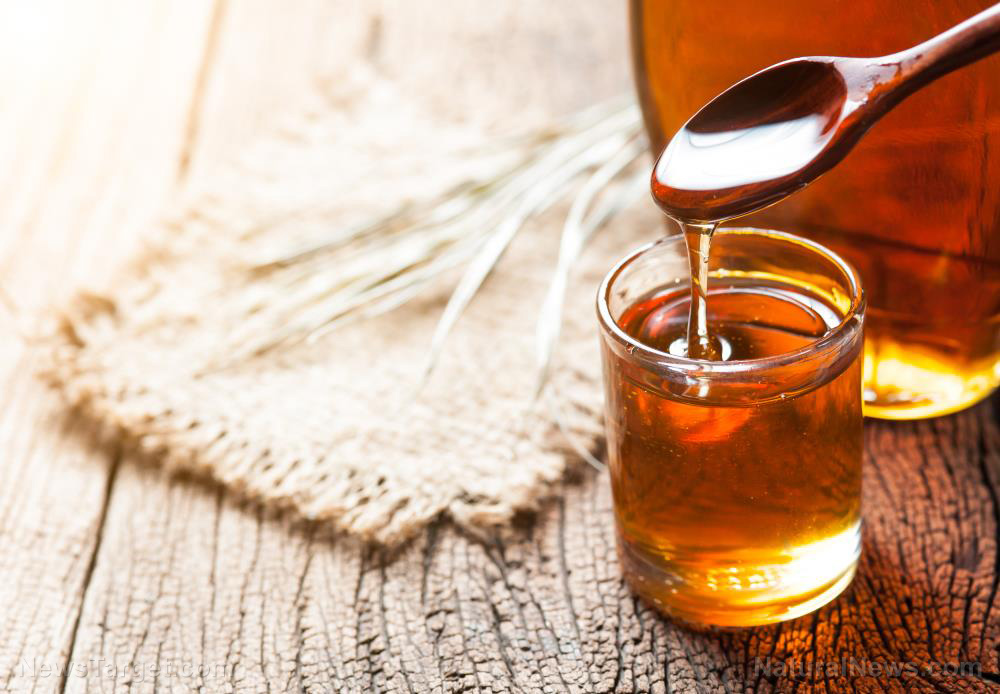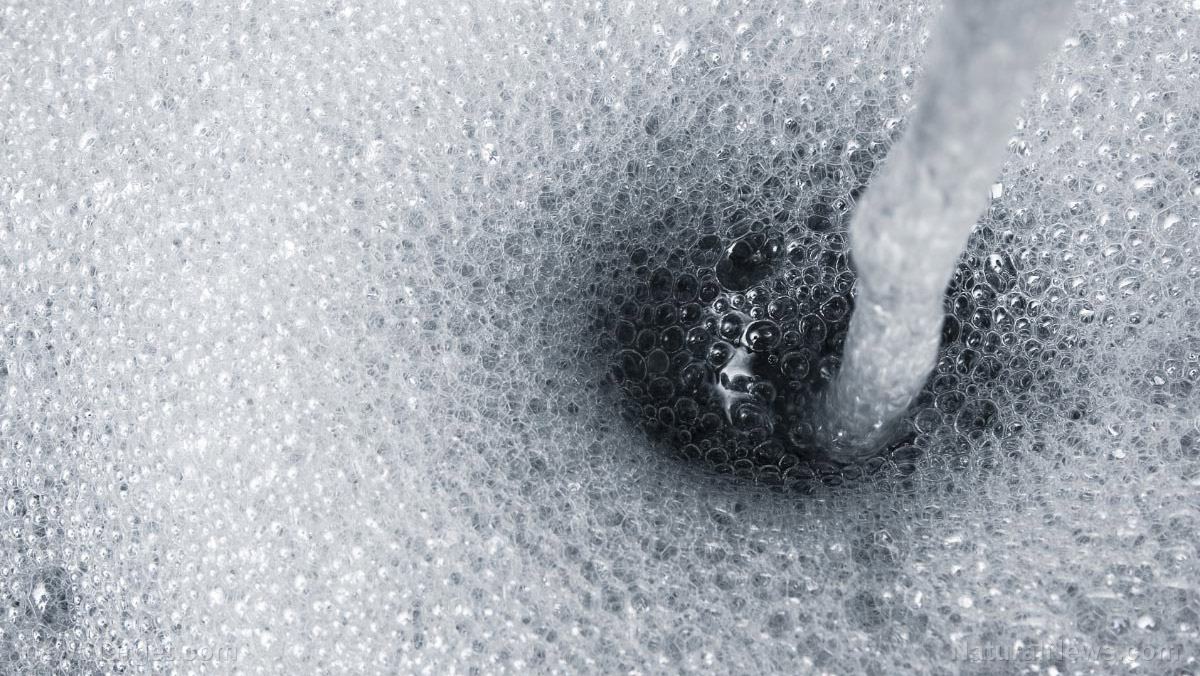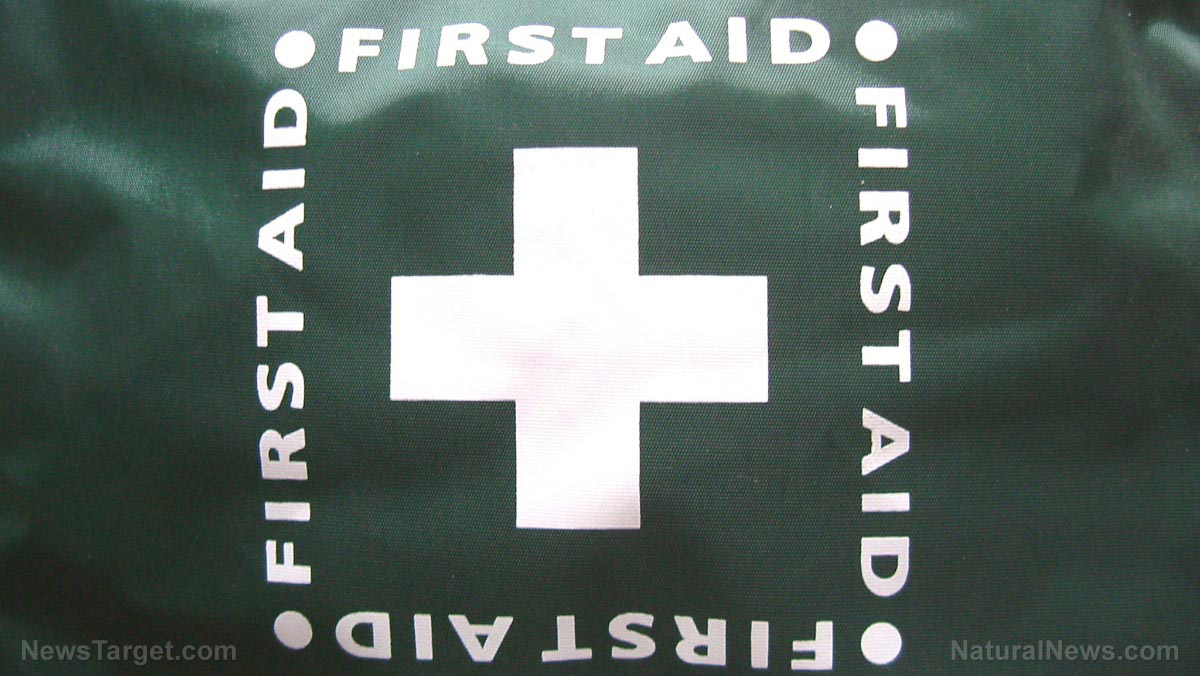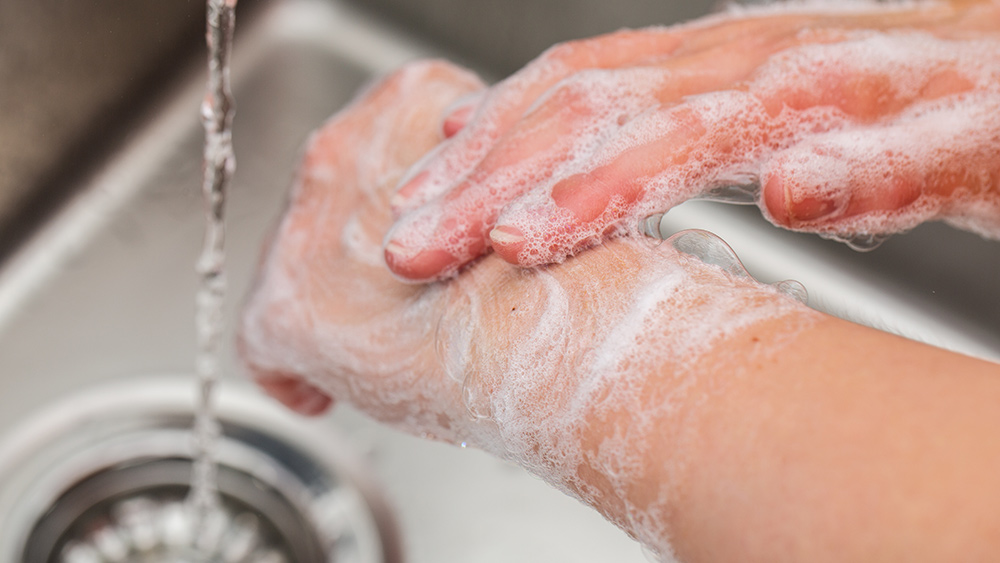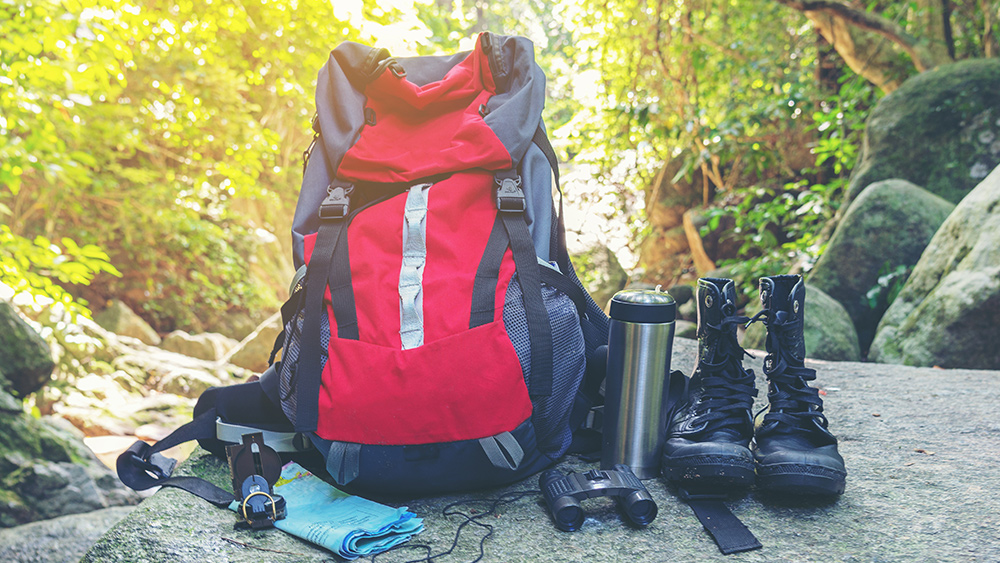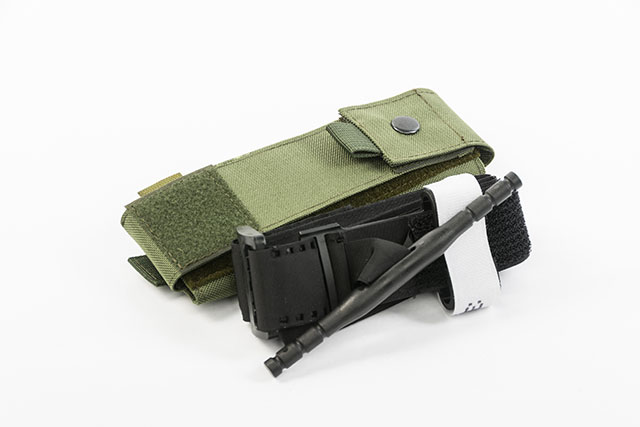Learn the basics of wound management for survival situations
08/15/2021 / By Cassie B.

At some point in our lives, most of us have gotten injured badly enough to wonder if a trip to the emergency room is needed, whether it’s a chopping accident in the kitchen or a fall outdoors playing sports. But what happens when you get wounded in a survival situation and heading to the ER is simply not an option?
Survivopedia recently outlined the best ways to manage wounds when medical support is not available. Here’s a look at how to handle some of the most common types of wounds.
Abrasions
Abrasions are one of the most common types of wounds because they can happen so easily – as any child who has ever skinned their knee or elbow can attest. Any time you rub your skin against a rough surface at speed, like that sidewalk when you fall off your bike or the carpet when you trip over a cord – you might get an abrasion that bleeds. While these wounds don’t normally pose as many dangers as other types, it is essential to remove any gravel, dirt or other detritus that could make its way inside the wound right away.
These injuries can usually be dealt with using an antibacterial ointment once any debris has been removed. Then, keep it covered until it has healed, keeping an eye on the site for signs of infection such as swelling, increasing pain, pus, swollen glands, or a fever.
Punctures
As unpleasant as it may be to think about, sometimes a sharp object can penetrate deep into your skin and the tissue underneath it. Although these wounds might not cause a lot of bleeding on the surface, they can lead to internal damage.
These can be very challenging to clean, and it’s important to keep in mind the possibility of tetanus if the puncture was caused by rusty metal and rabies if the puncture is from an animal bite.
Clean the area extremely carefully by irrigating with sterile saline or another type of disinfectant to prevent bacteria from getting deep into the flesh. Although you may not need to bandage it, you still need to monitor it for signs of infection.
Burns
Burns are not that unusual for anyone who spends time in the kitchen, but serious burns can be extremely painful, not to mention dangerous. The exposed skin of a burn is vulnerable to getting infected as it heals.
The severity of the burn and the percentage of your body affected both play a role in determining the best course of treatment. In any case, you’ll want to use cold compresses right away to try to take some of the heat out of the wound. Then, apply some ointment to the surface of the burned areas and cover loosely with sterile gauze. Resist the urge to pop blisters, and monitor the site closely for infection.
Lacerations
Any type of slice, tear or cut in the skin, such as a knife snafu, is considered a laceration. These types of wounds nearly always bleed, and the bleeding can be quite profuse depending on where the injury is. Lacerations in the scalp can bleed significantly even if they’re shallow, while a laceration that severs an artery could be deadly.
You should start by applying pressure to the wound to stop the bleeding so that you can assess the site and clean it out. Clean deeper wounds using antiseptic or saline irrigation, and then you’ll need to treat them with antibacterial ointments. Lacerations need to be kept bandaged; standard bandages are fine for minor lacerations, but larger ones call for butterfly closures or sutures. Like other types of wounds, you’ll need to monitor it for signs of infection.
It’s a good idea to ensure your first aid kit is fully stocked to address a wide range of wounds before it’s too late. If there’s anything the pandemic taught us last year, it’s that supplies can be extremely tough to get when emergencies strike, so the best course of action is to be prepared.
Sources for this article include:
Tagged Under: emergency medicine, first aid, IT, lacerations, prepping, priority, survival, wounds
RECENT NEWS & ARTICLES
SurvivalMedicine.News is a fact-based public education website published by Survival Medicine News Features, LLC.
All content copyright © 2018 by Survival Medicine News Features, LLC.
Contact Us with Tips or Corrections
All trademarks, registered trademarks and servicemarks mentioned on this site are the property of their respective owners.


